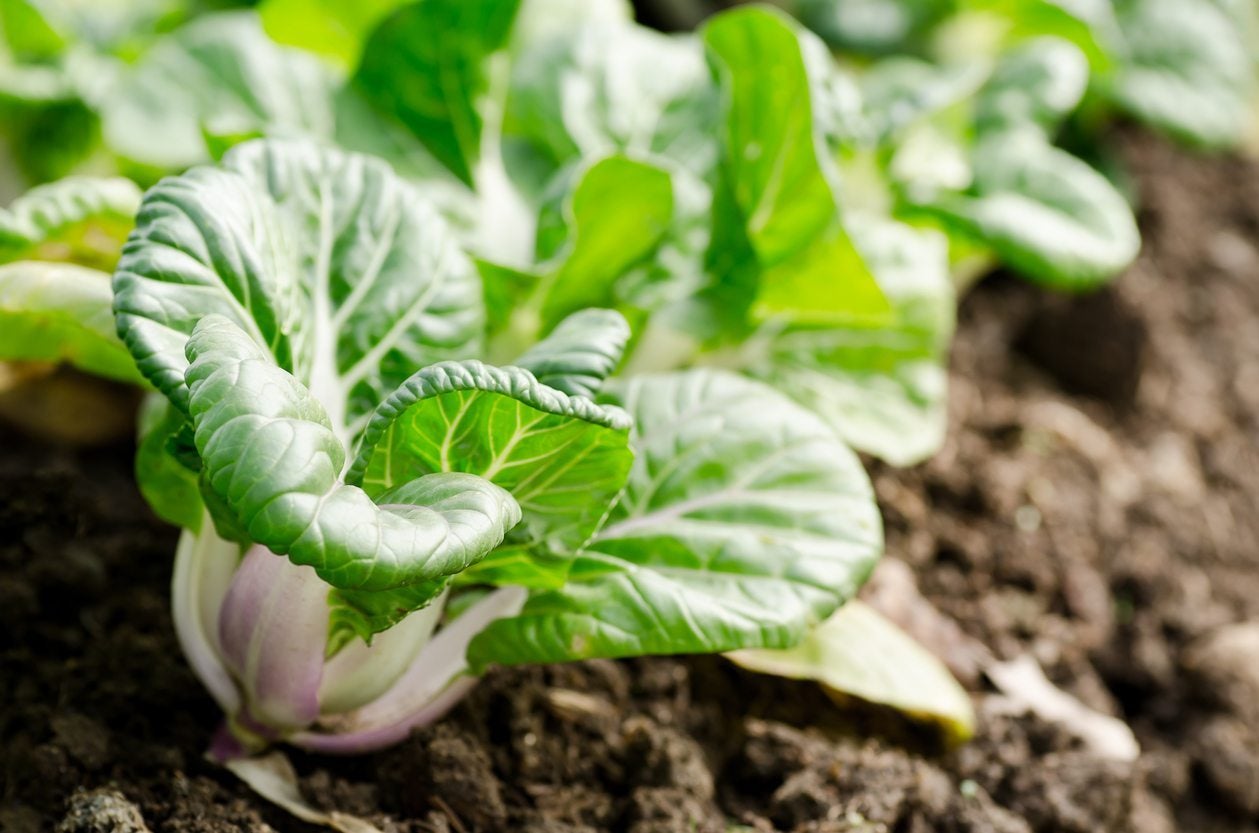Problems With Bok Choy: Common Bok Choy Diseases And Pests


Bok choy is a great vegetable to add to your arsenal of greens. Popular in Asian cooking, it can also be added to most recipes. What do you do though when your bok choy starts to fail? Keep reading to learn more about bok choy problems and how to combat common bok choy diseases and pests.
Common Bok Choy Problems
Bok choy is very attractive to bugs, and some of them can do serious damage. Here are the most prevalent bok choy pests:
- Cabbage maggots
- Flea beetles
- Tarnished plant bugs
- Cutworms
- Leafminers
- Aphids
- Seedcorn maggots
- Slugs
- Whiteflies
- Vegetable weevils
A lot of these pests can be combatted with row covers and crop rotation. Another useful method is growing bok choy as a fall crop, when pests are past their natural growing season lifecycle. This is especially effective when combatting vegetable weevils. If natural methods fail, use insecticides.
Common Bok Choy Diseases
Problems with bok choy that stem from diseases are much less common. As a rule, bok choy is relatively resistant to disease. There are, however, a few possible bok choy diseases. These are:
Most of these diseases spread through moisture, and the best method of prevention is keeping the leaves dry and well aired. Don’t plant your bok choy too closely together and try not to get water on the leaves.
Additional Bok Choy Problems
Some problems aren’t due to disease or pests, but environment or human error. Here are some common physiological culprits:
These often result in wilted, stunted, or yellowing growth. Luckily, they are usually the most easily corrected. Simply adjust your water or fertilizer amounts and wait to see if your plant begins to recover.
Sign up for the Gardening Know How newsletter today and receive a free copy of our e-book "How to Grow Delicious Tomatoes".

The only child of a horticulturist and an English teacher, Liz Baessler was destined to become a gardening editor. She has been with Gardening Know how since 2015, and a Senior Editor since 2020. She holds a BA in English from Brandeis University and an MA in English from the University of Geneva, Switzerland. After years of gardening in containers and community garden plots, she finally has a backyard of her own, which she is systematically filling with vegetables and flowers.